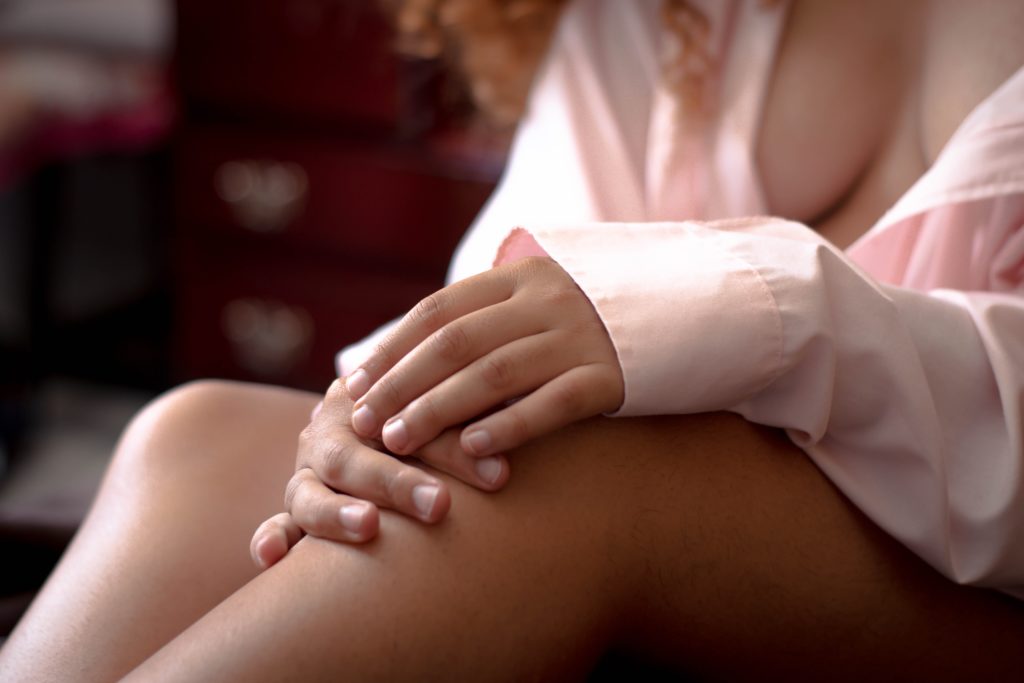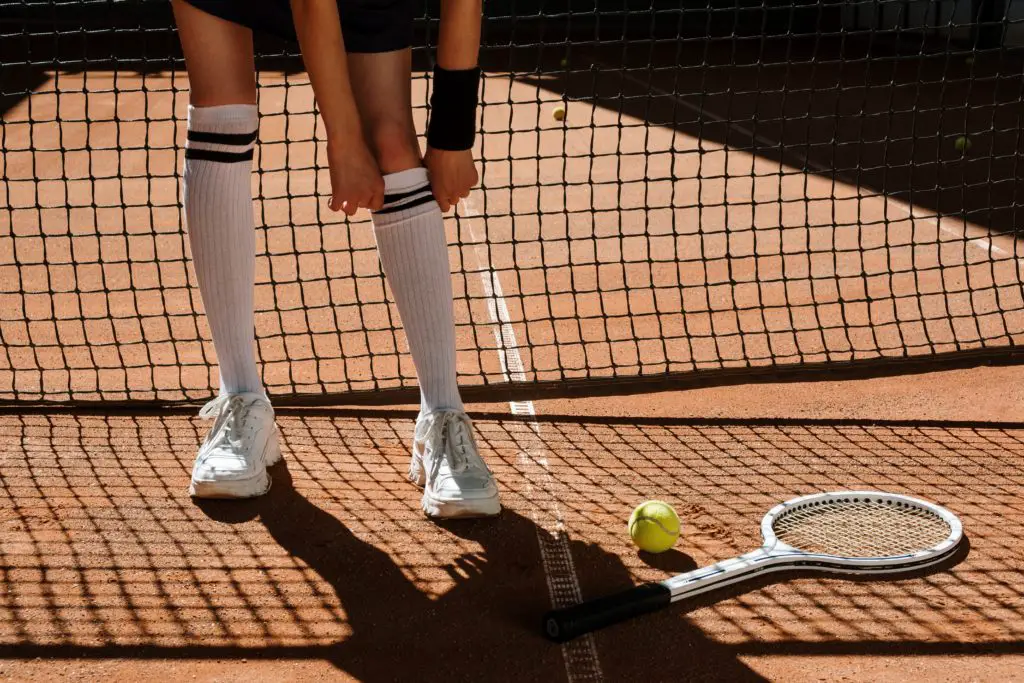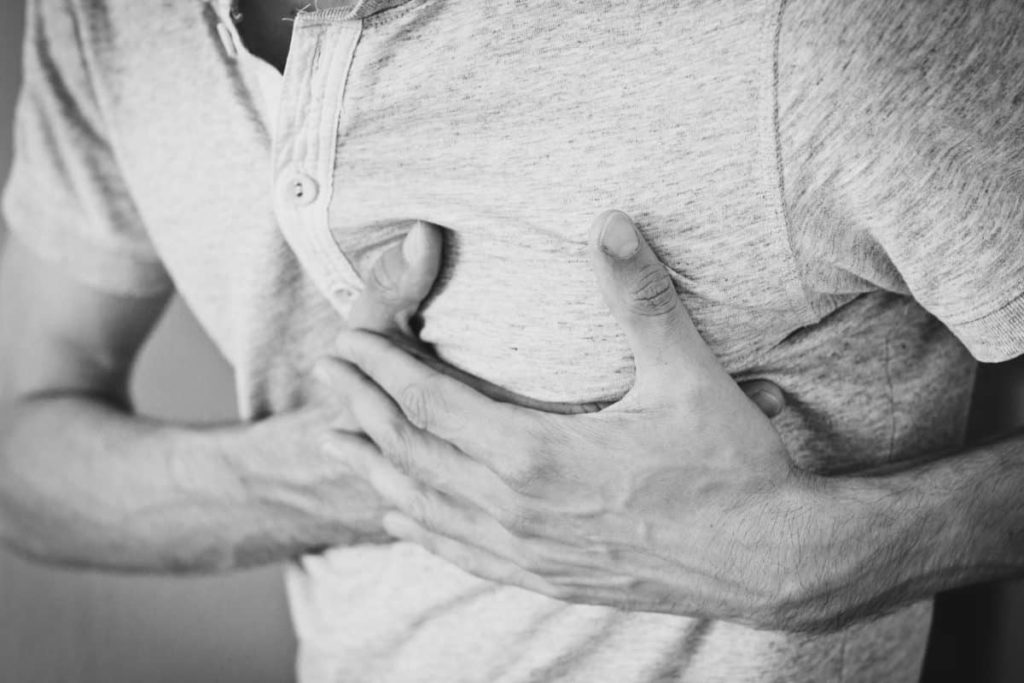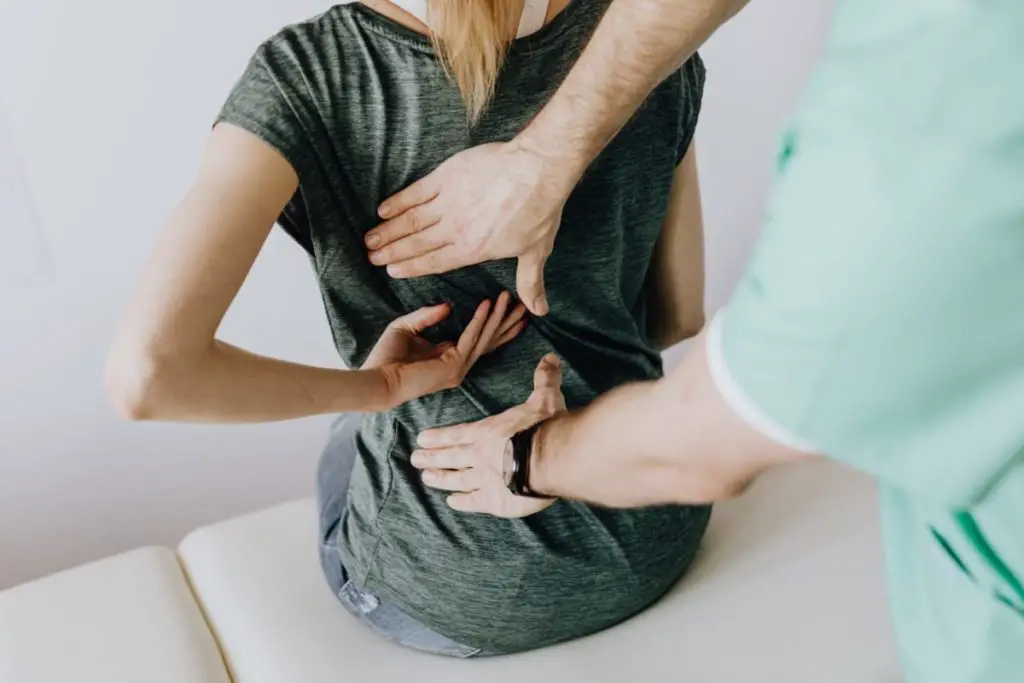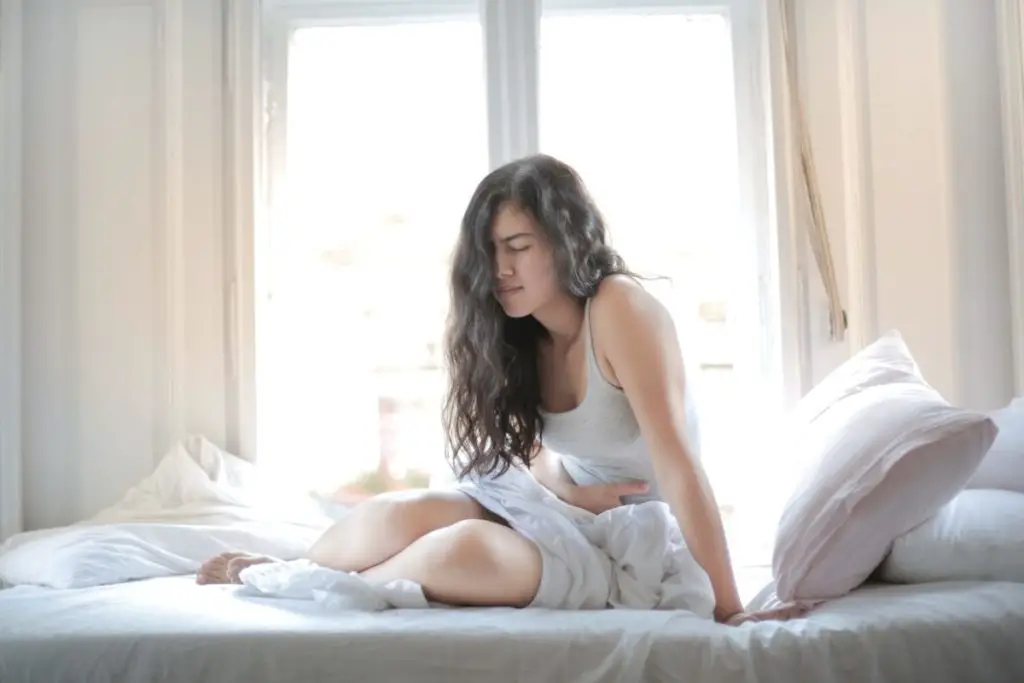Knee pain is a common symptom faced by people of all ages. It can be acute or chronic, after an exercise or injury. It can be mild or may progress to severe pain.
What are the Causes?
There are many causes of pain in the knee joint. One of the most common cause is being overweight or obese. Overuse of knees can also cause knee pain.
Some of the common medical conditions that can cause knee pain are as:
- Arthritis which include rheumatoid arthritis, osteoarthritis, lupus, and gout.
- Baker cyst.
- Bone Cancer
- Osgood-Schlatter disease.
- Knee Joint infection
- Infection of bones of Knee Joint
- Bursitis.
- Dislocation or Fracture of the kneecap or bones involved in knee Joint
- Iliotibial band syndrome.
- Ligament Injury including An anterior cruciate ligament (ACL) injury or medial collateral ligament (MCL)
- Torn cartilage (a meniscus tear)
- Strain or sprain.
Home Care Remedies to relieve knee pain
Following measures can be adopted at home to relieve knee pain:
- Rest and avoid activities that cause pain.
- Avoid putting weight on your knee.
- Apply ice. First, apply it every hour for up to 15 minutes. After the first day, apply it at least 4 times per day. Cover your knee with a towel before applying ice.
- Keep your knee raised to bring down any swelling.
- Wear an elastic bandage or elastic sleeve. This may reduce swelling and provide support.
- Over-the-counter pain killers like ibuprofen or naproxen for pain and swelling. Acetaminophen can help relieve pain, but not swelling.
- Use a pillow underneath or between your knees while sleeping.
How to avoid knee pain?
- Always warm-up before exercise and cool down after exercise.
- Include stretching exercises in your workout routine like stretching the muscles in the front of your thigh (quadriceps) and in the back of your thigh (hamstrings).
- Avoid running on an uneven road or path. Use tracks or cemented pavements.
- Do exercises that don’t put pressure on the knee joint like swimming.
- Don’t overdo exercises. Limit daily exercise routine to 45-60 mins.
- Lose weight. Every 0.5 kilogram of excess weight puts about 5 extra 2.25 kilograms of pressure on your kneecap.
- Try special shoe and arch supports if you have flat feet.
- Use shoes with good cushioning support.
Which tests are done to diagnose problems causing knee pain?
Your doctor will do a physical examination of your knees, hips, legs, and other joints. Following tests may be ordered by your doctor:
- Knee joint X-ray
- MRI of the knee
- CT scan of the knee
- Microscopic examination of joint fluid

